7 signs you’re overwatering your yard
Here’s how you can tell if you’re overwatering your yard
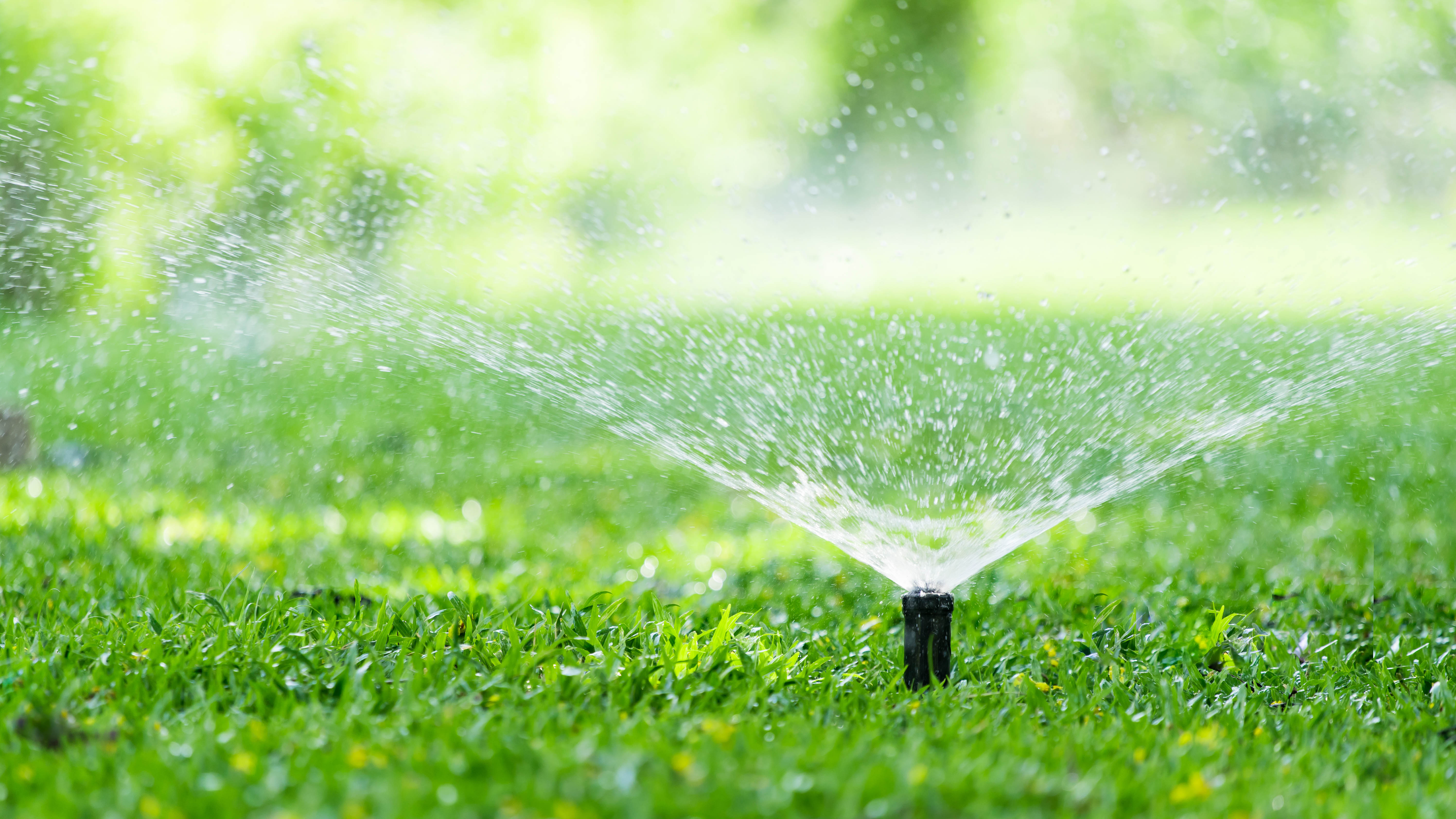
As the days get warmer and longer, we’re prepping our lawns for the summer. From applying fertilizer to mowing the grass with great care and precision — unless you’re practicing No Mow May, of course — there are all kinds of chores our lawns require to get and keep your grass thriving. But, there’s one such task that is all too easy to over-do — we’re talking about overwatering your yard.
At this time of year, a delicate balance of water is required on your grass. It’s awoken from dormancy and so requires moisture, but we’re not in the full swing of the summer heat yet either. Considering this, as well as the unpredictable weather conditions, it’s all too easy to overwater a yard. But, it’s essential that you don’t do this; overwatering the grass will do more harm than good, ultimately damaging its health.
If you’re unsure whether you’re guilty of this habit, we’ve pulled together 7 signs that you’re overwatering your yard, so you can cut back and help your grass thrive in time for summer.
1. ‘Squishy’ grass
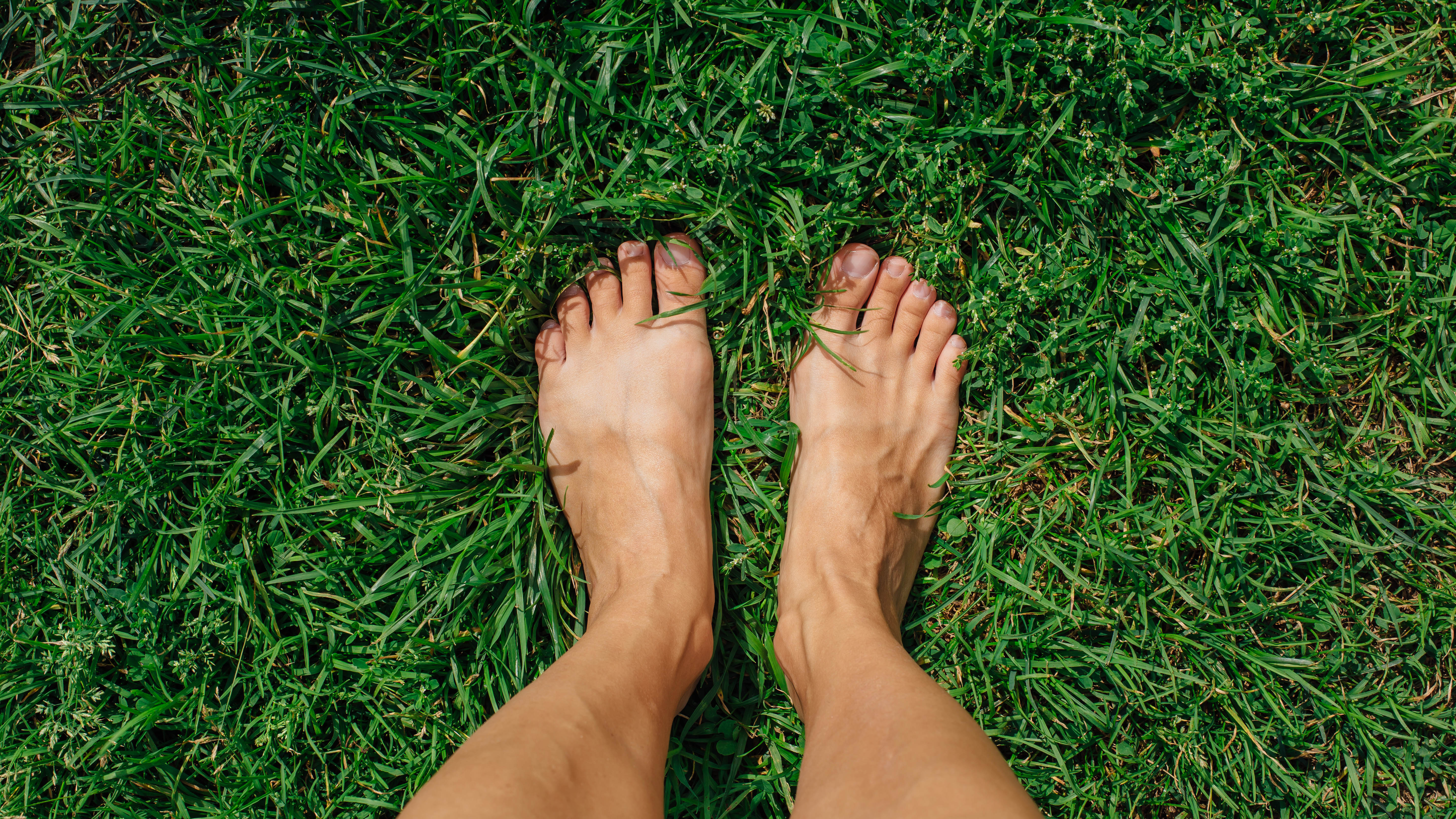
The most obvious sign of an overwatered lawn is a squishy or squelchy feel, which is still present a few hours after watering. As you walk over the grass, it can sink from your weight and feel ‘squishy’ with each step. This has happened because an excess of moisture has been retained at the surface level, leaving it oversaturated.
Visible puddles and standing water may also be present and indicate overwatering. Such high levels of moisture are no good thing. There will be less oxygen in the soil for your grass roots to access, and the standing water can easily attract mosquitoes as well.
If you’re already struggling with mosquitoes, be sure to check out how to get rid of mosquitoes in your home and your yard.
2. Weeds galore
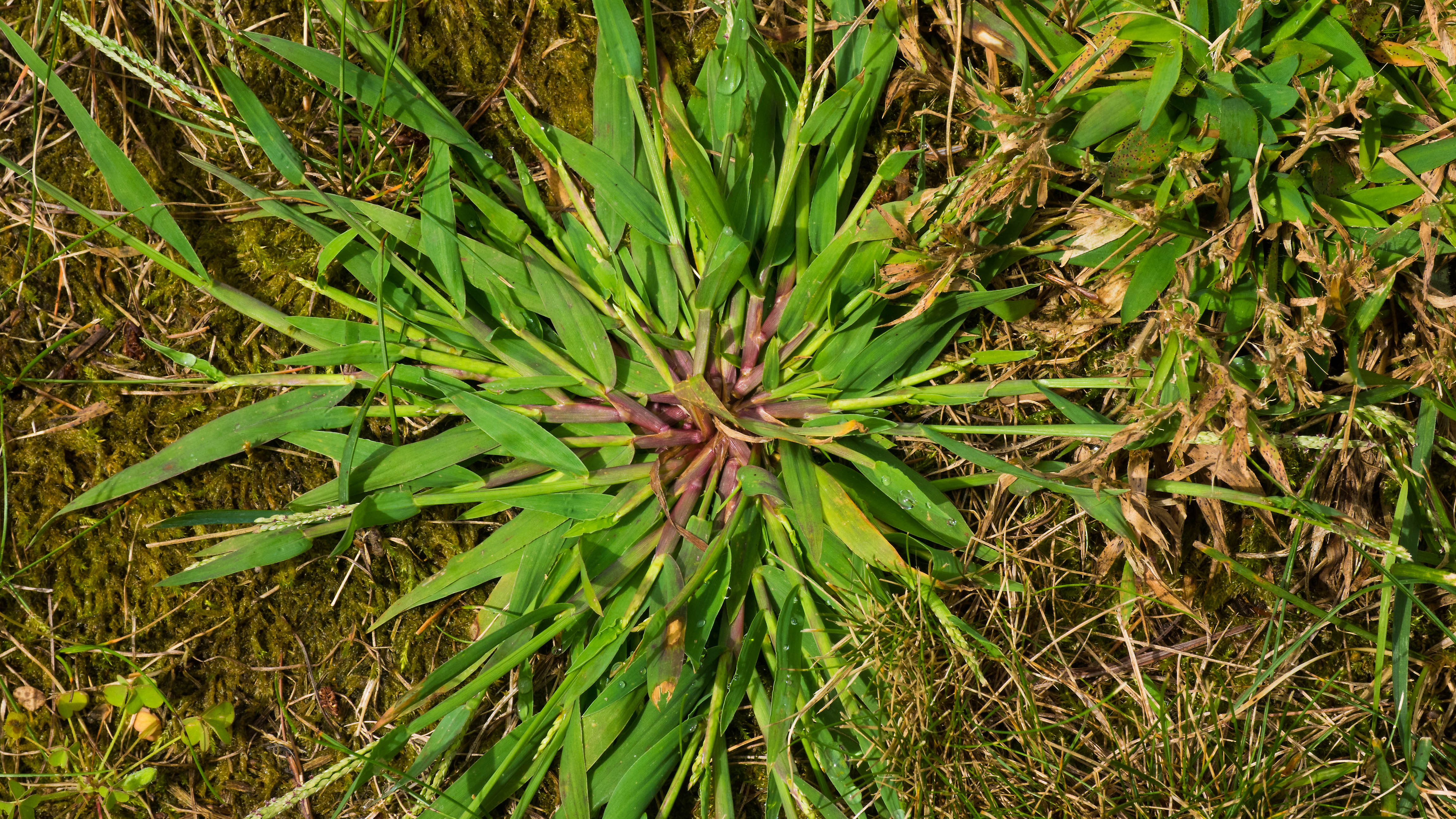
Your grass will be weak and vulnerable while it's overwatered, leaving it more exposed to weeds. Weeds are hardy compared to your grass, and some can actually thrive in such conditions. For instance, crabgrass and clover can easily take over when your yard is overwatered. While it’s not considered a weed, moss too can grow in abundance with excessive moisture.
Sign up to get the BEST of Tom's Guide direct to your inbox.
Get instant access to breaking news, the hottest reviews, great deals and helpful tips.
If you notice your yard is picking up more weeds than usual, this could be a sign that you’re overwatering. Cut back if you think this is the case, but remove any existing weeds first — this should be easier while the ground is still moist.
3. Fungus
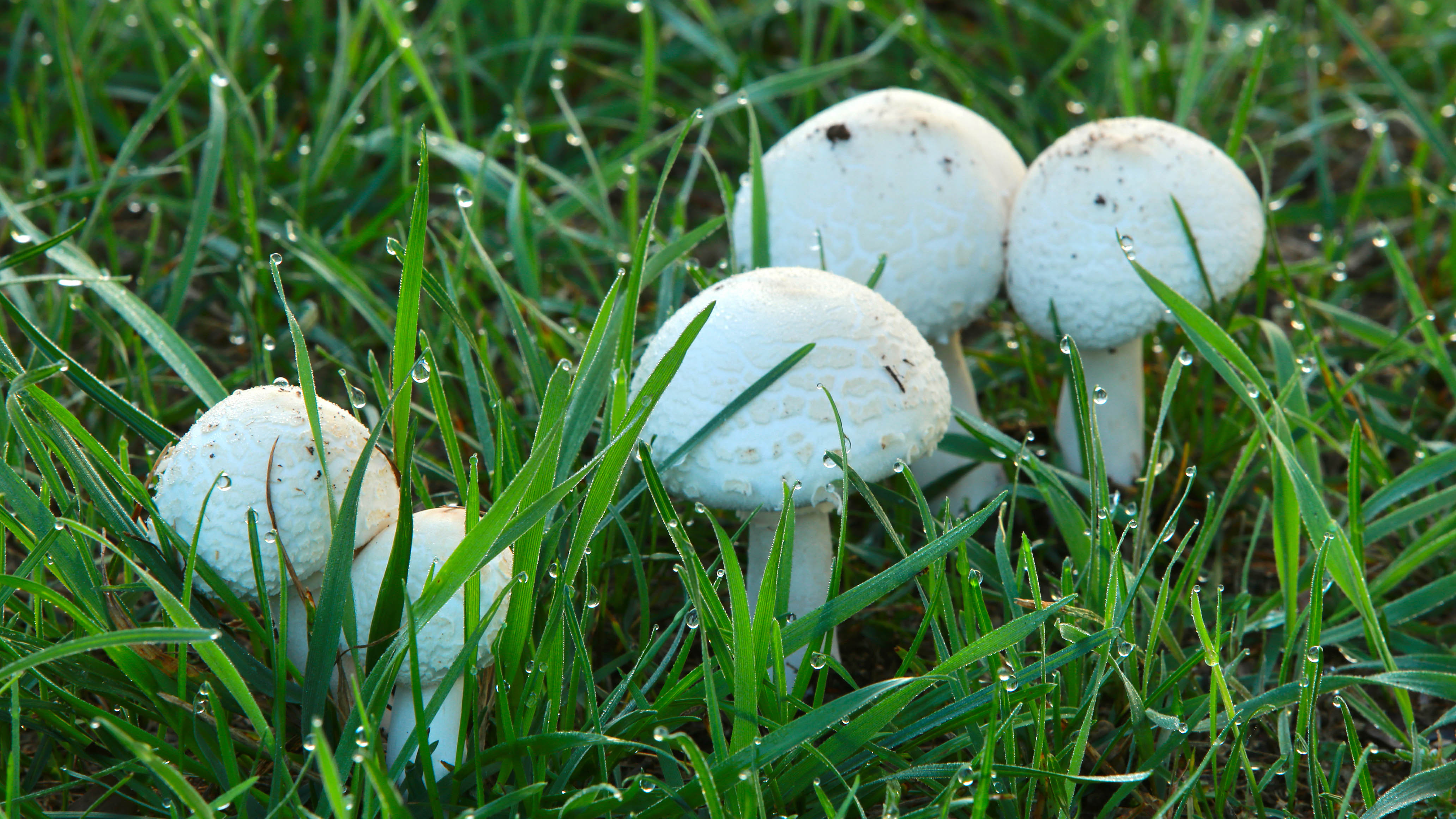
Weeds aren’t the only thing that thrive in an overwatered yard. Conditions are optimal for fungal growth too. Mushrooms will sprout when there’s sufficient moisture and warmth, appearing all over your yard. Algae and mold can rear their ugly heads in such circumstances as well, leaving vibrant and discolored traces on the grass.
Certain types of mushroom can be dangerous to children and pets if ingested. You can remove mushrooms by hand while wearing a pair of the best gardening gloves. Pull it up from the ground, digging up all traces. Do this as soon as you spot the mushroom, while it’s still young, and bag it immediately to prevent spores from spreading.
4. Root rot
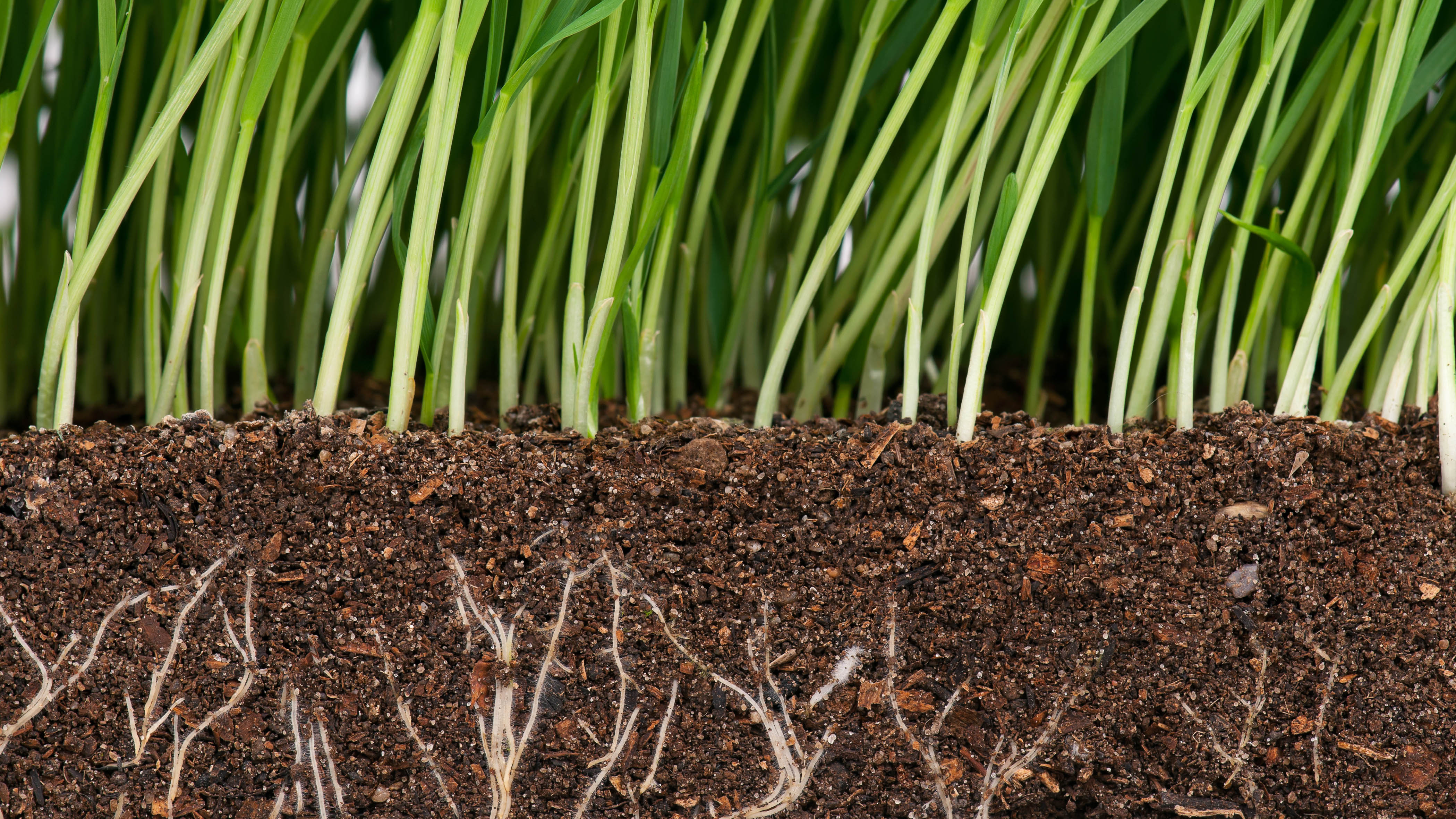
Soggy soil also creates the ideal environment for root rot — another fungal disease. Any plant can suffer from root rot — it happens when the roots are exposed to moisture for a prolonged period of time. It’s why we recommend using containers with drainage holes in the bottom, and why we suggest using terra cotta over plastic. In both cases, the water can drain more freely and there’s better breathability.
Root rot is a disease that attacks the root system of a plant — if left unaddressed in your lawn, the grass will wilt, yellow and eventually die. To treat established root rot in your lawn, you will need to apply a dedicated fungicide to the space, such as Scotts DiseaseEx Lawn Fungicide ($21.23, Amazon).
5. Yellowing grass
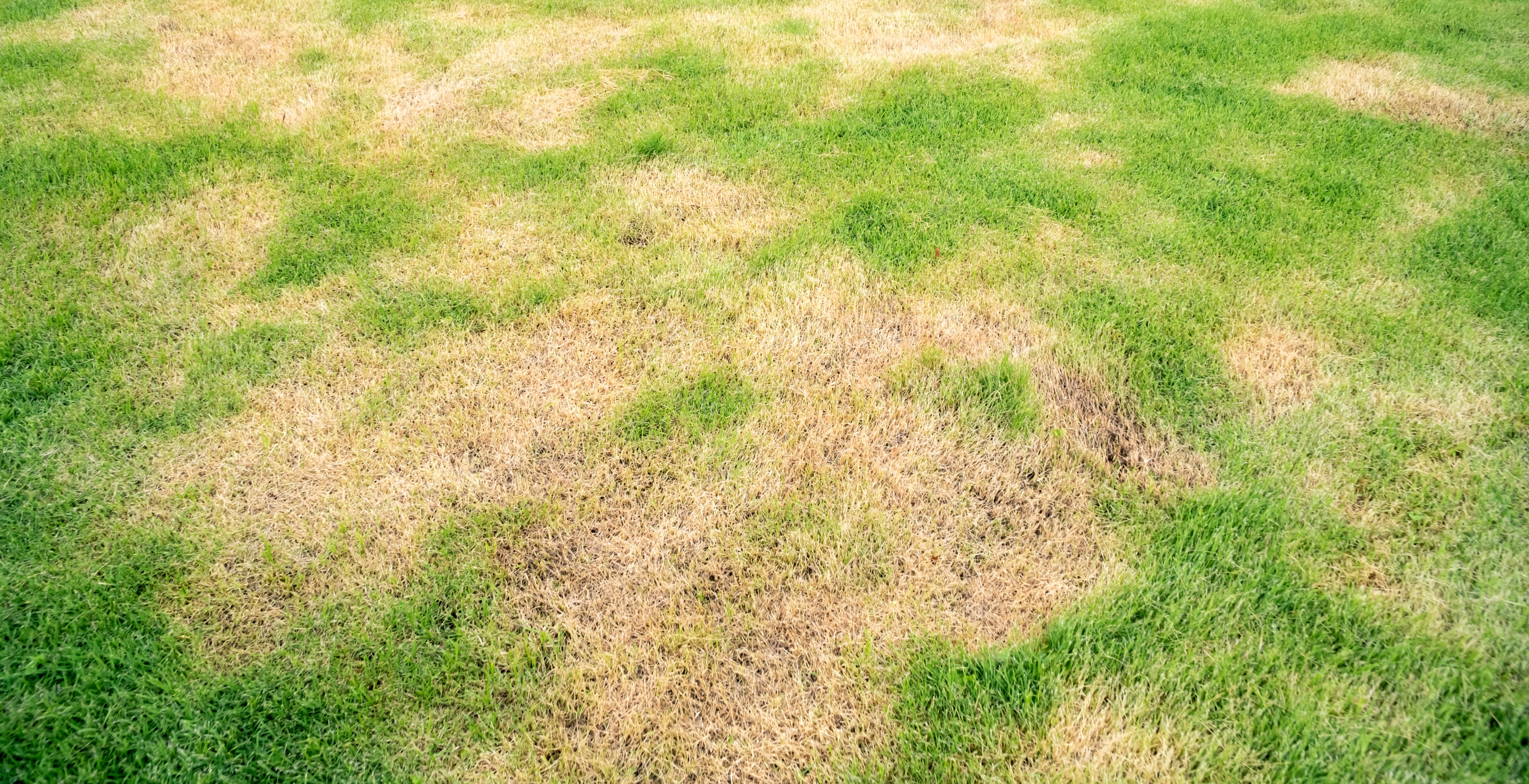
While you might associate yellowing grass with it being overly dry, it can be a sign of overwatering too. Excess water in the soil will reduce the oxygen levels and cause the grass root system to struggle. It will have more difficulty absorbing the necessary nutrients and even the water itself as a consequence. The roots will remain shallow and weak, and the grass health will ultimately deteriorate.
This is why overwatering can lead to yellowing grass, and even bare patches. So, if you keep applying excess water to your ‘dry’ yard, stop and confirm the conditions first. You might be contributing to the problem.
6. Excess runoff
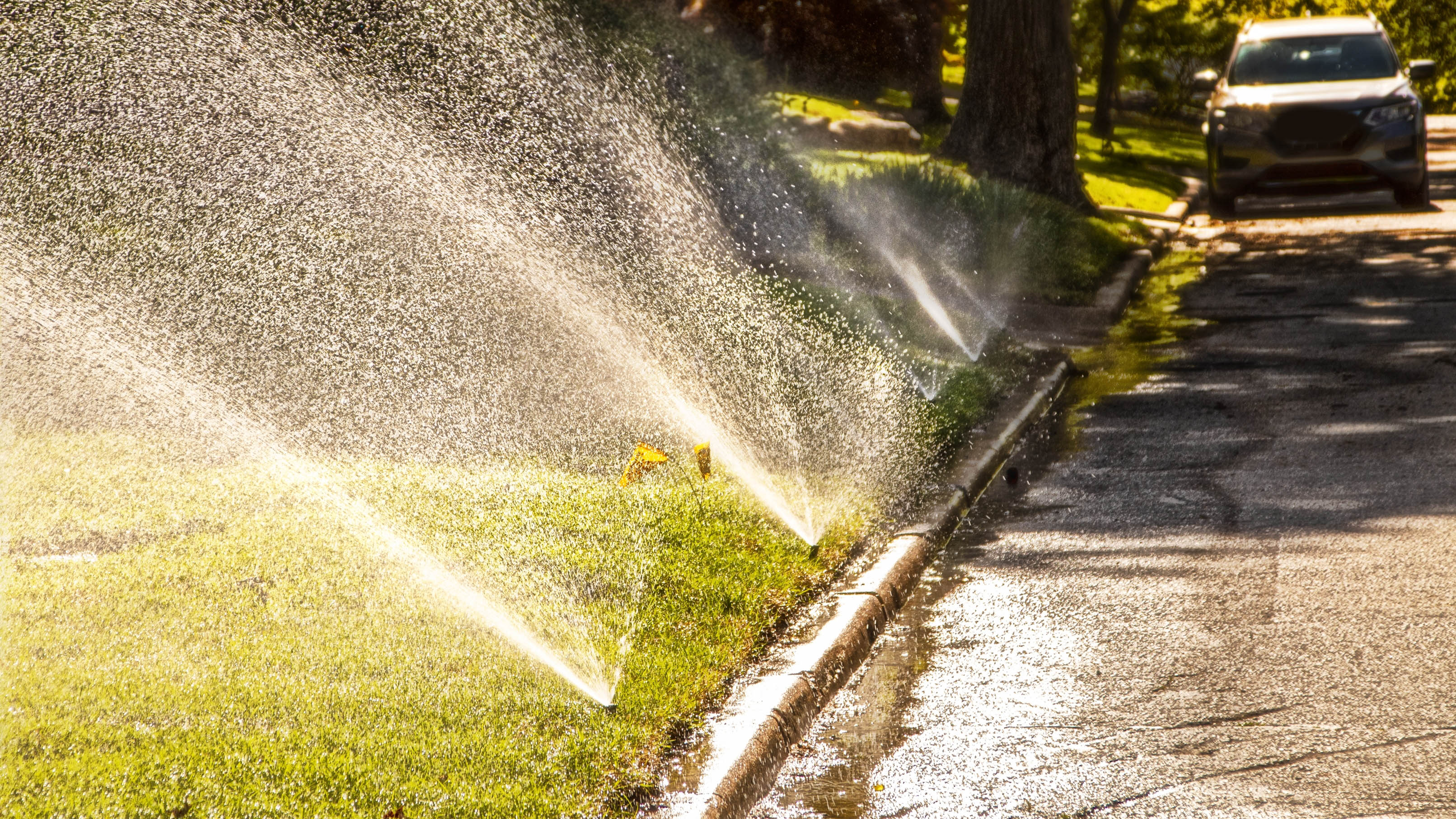
When you next water your lawn, or the irrigation system kicks in, check whether there’s any runoff during the process. If water is overflowing and running away from your yard, it’s not being absorbed and you’re literally pouring money down the drain. Not to mention, if you’ve planted any fresh grass seed or you’ve just laid down some fertilizer, that’s likely being washed away with it.
Watering your lawn too quickly can also cause runoff. Water needs to be applied at a steady rate for the ground to effectively absorb it, so be sure to check the rate as well as the quantity of water supplied by your system.
7. Thatch build-up and pests
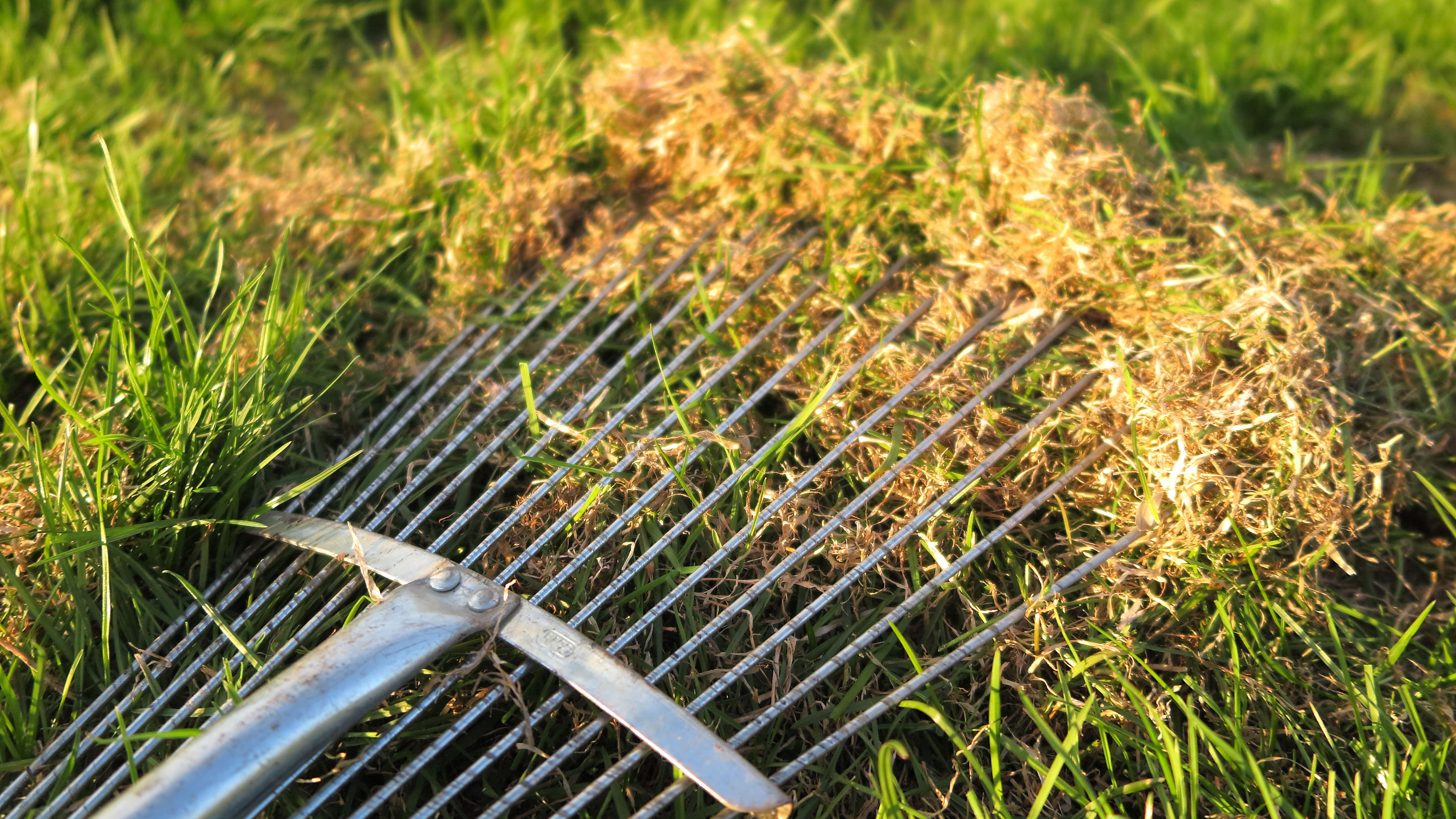
A thin layer of thatch is good for the grass — it helps retain moisture in the soil and keeps temperatures warm and consistent. But, should thatch get too thick, it becomes more problematic, overcrowding the soil’s surface and reducing access to nutrients as well as water and oxygen.
Thatch will thicken naturally, but overwatering can contribute to the problem. This is because overwatering prevents the usual microorganisms in the soil from breaking down the thatch, which reduces the available nutrients in the soil.
Too much thatch will attract more pests to your lawn as well — it gives them an added layer of protection from predators. So overwatering your lawn can actually result in a number of problems.
If your thatch is thicker than ½ inch, learn how to dethatch a lawn and tackle this chore regularly.
How much water does a lawn need?
Generally speaking, experts recommend giving your lawn an inch of water per week, although this can vary depending on your location and grass type. You also need to take weather and soil conditions into account as well. For full details, here’s how much you should water your lawn to keep it green.
More from Tom's Guide

Katie Mortram used to be a Homes Editor for Tom's Guide, where she oversaw everything from kitchen appliances to gardening tools, as well as smart home tech. Specializing in providing expert advice for cleaning and home manintenance, she now works as Household Advice Editor for Good Housekeeping.
